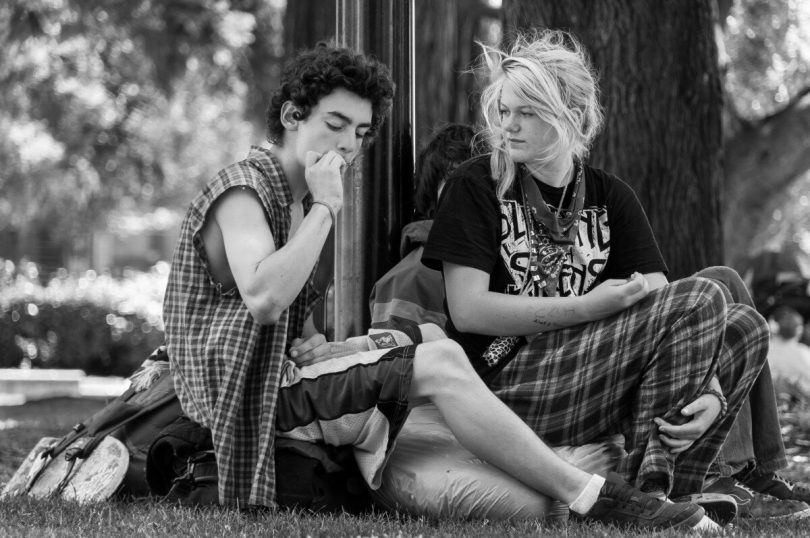Cannabis legalization is equal to cannabis normalization, which naturally evokes a concern regarding potential misuse, especially among adolescents. On the other hand, the more regulated the cannabis market, the less breeding ground there should be for the black one, which is where adolescents would get cannabis from either way.
A great way to gage on which of those two sides leans the aftermath of cannabis legalization is an in-depth report, which is precisely what “Addressing Youth and Cannabis: Solutions to combat and prevent youth misuse through a federal regulatory system” is, compiled by the Coalition for Cannabis Policy, Education, and Regulation (CPEAR). However, it spans the period between 2010 and 2020, so more up-to-date research would surely be needed to track the future developments of this matter.
Let’s start with the good news: “state legalization of cannabis has not, on average impacted the prevalence of cannabis use among adolescents. In other words, states with medical and/or adult use laws are not seeing larger increases in adolescent use relative to states where use remains illegal.”
Moreover, the report found that past-month cannabis use among adolescents hasn’t fluctuated significantly since 2010, in fact, it’s about 15% less in 2020 compared to 2010, going down to 6% of adolescents from 7% 10 years prior. Interestingly, 2020 saw the sharpest drop of adolescent cannabis use, but this may be attributed to COVID and the subsequent restricted access to cannabis.
But on a more alarming note, “the rates at which adolescents use cannabis on a daily basis has increased among those who previously used the product on a monthly basis.” Daily cannabis use among adolescents can be very damaging to their developing brains and potentially trigger a domino effect, nudging them toward much darker substances and the wrong directions in life altogether. This type of worst-case scenario is largely where the idea of cannabis being a gateway drug comes from.
Moreover, “a growing number of studies suggest that state legalized cannabis increases youth (18-25) cannabis-related harms such as CUD (Cannabis Use Disorder), cannabis-related hospitalizations, and driving under the influence of cannabis.” CUD is defined as continued cannabis use despite its negative impact on the particular user’s life and health.
It’s also worth noting that the potency of cannabis has considerably increased on average as well between 2010 and 2020.
This report highlights that in the context of cannabis legalization, the safety and wellbeing of the youth falls in a gray area. While regulation has done wonders for many, it doesn’t come without its risks.
“Risk factors include the age of first cannabis use, frequency of use, and potency of tetrahydrocannabinol (THC).”
Of course, adolescence and youth pose risks in themselves, turbulent and chaotic by their very nature. Nevertheless, the aforementioned risk factors need to be addressed in order for cannabis legalization to stay in history as the right decision.








